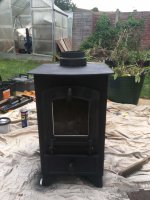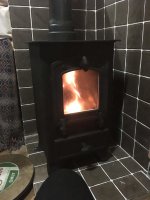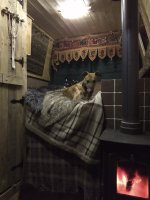Oddy
New member
I live in my van in England, which is (notably) pretty grey and rainy a lot of the time. During winter the biggest nemesis of most van dwellers is the dreaded damp! Unfortunately when I first converted my van I was pretty broke and in a rush, so I didn't get to insulate my van properly. Last winter was rough and miserable, but I have learnt some pretty damn important things from it that have helped me deal with it.
1. I was lucky and got my hands on a wood burning stove that looked like it was on its last legs, but with some work it turned out to be a total life saver!
2. Air flow is literally the most important thing. I used to have solid boards under my mattresses, but this stopped air circulating and meant my bed stayed damp all the time. So I rebuilt the bed higher than the burner, with slats instead of boards and the difference was amazing! Now I regularly air out and flips my mattresses when the weather allows. So important!
3. And this might sound stupid, but decent, thick curtains make an insane amount of difference.
So yeah, if anyone in a similar climate is struggling with damp and hasn't picked up on these points, I hope this helps. Happy rubber-tramping folks!
1. I was lucky and got my hands on a wood burning stove that looked like it was on its last legs, but with some work it turned out to be a total life saver!
2. Air flow is literally the most important thing. I used to have solid boards under my mattresses, but this stopped air circulating and meant my bed stayed damp all the time. So I rebuilt the bed higher than the burner, with slats instead of boards and the difference was amazing! Now I regularly air out and flips my mattresses when the weather allows. So important!
3. And this might sound stupid, but decent, thick curtains make an insane amount of difference.
So yeah, if anyone in a similar climate is struggling with damp and hasn't picked up on these points, I hope this helps. Happy rubber-tramping folks!



